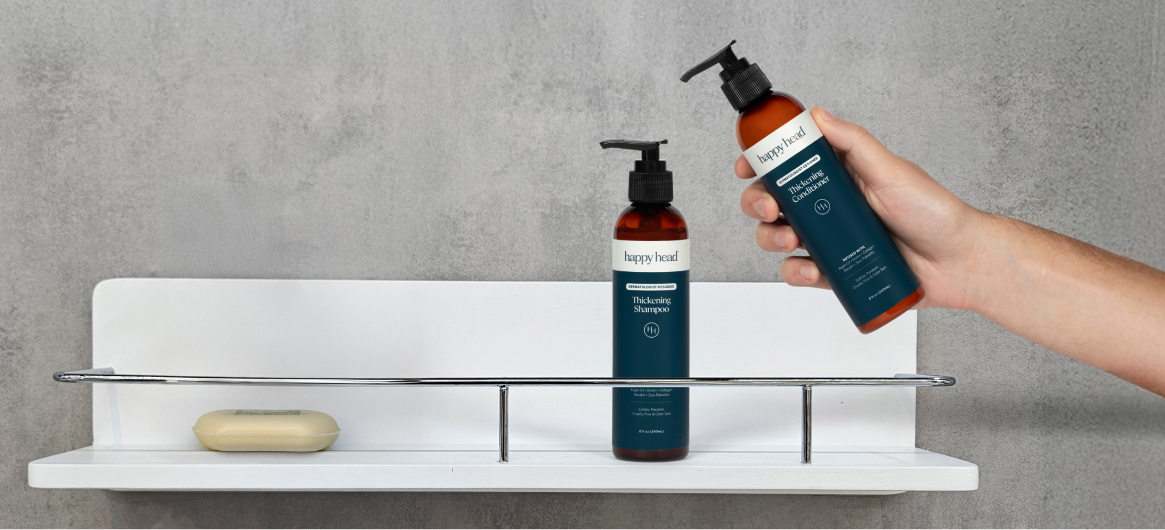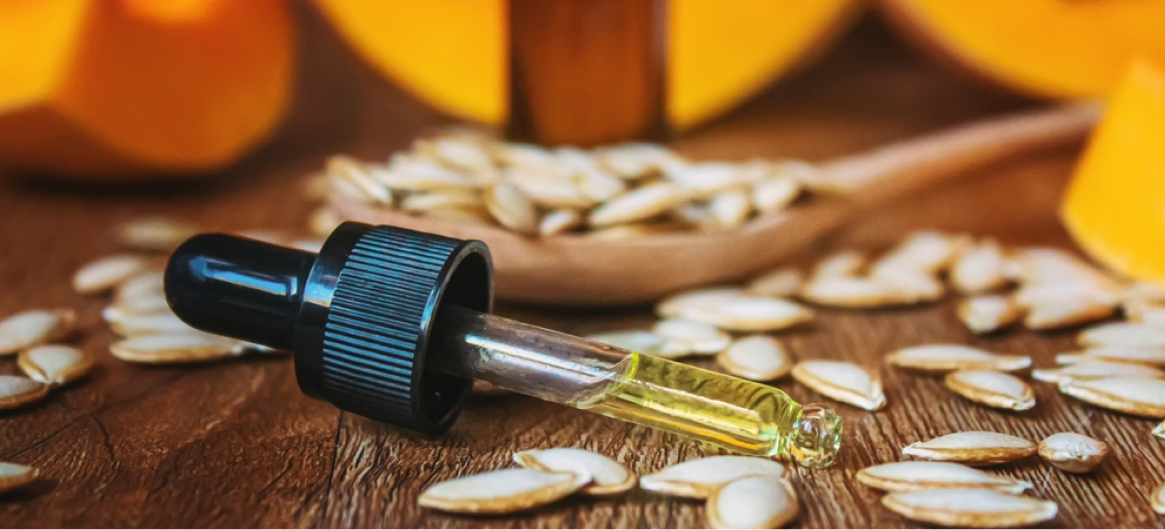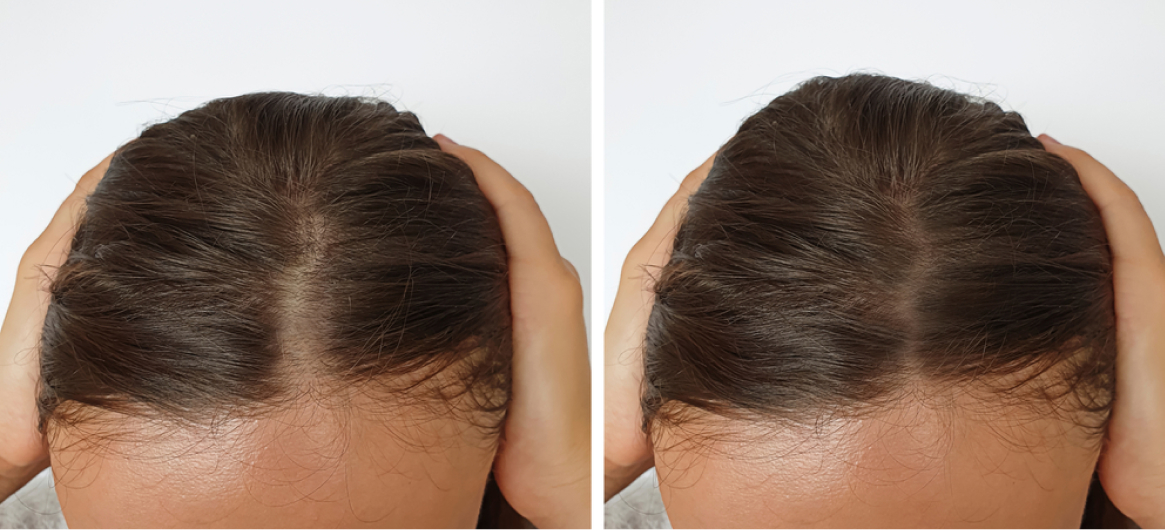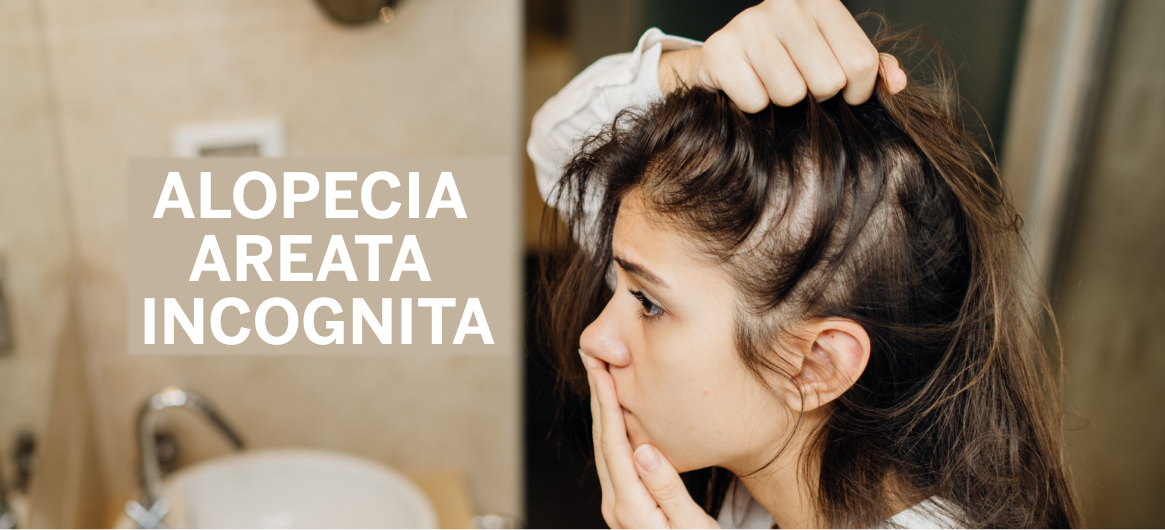Damaged hair in men can result from everyday habits, environmental stressors, or hidden health issues, and without the right care, it often gets worse over time.
Fortunately, modern dermatology offers a range of solutions to help men repair and protect their hair naturally. From daily habits to dermatologist-backed treatments, you have more options than you might think.
By understanding what causes damage and learning how to respond effectively, it’s possible to improve both the strength and appearance of your hair. This guide breaks down the most effective steps to reverse and prevent further damage.
Understanding Damaged Hair in Men
Damaged hair in men refers to structural deterioration of the hair shaft, often caused by physical, chemical, or environmental stress.
Each hair strand is protected by a cuticle—a layer of overlapping cells that shield the inner cortex. When this outer layer is compromised, the cortex becomes vulnerable to moisture loss, breakage, and protein degradation.
Over time, hair may become weak, dry, dull, and prone to split ends or thinning. Damage often begins subtly but can worsen without proper care. Men may notice increased tangling, rough texture, or decreased elasticity as internal fibers break down.
Understanding this process is key to selecting effective treatments that not only improve hair’s appearance but also support its structural integrity and long-term health.
Signs and Symptoms of Damaged and Brittle Hair in Men
Damaged hair in men often presents with multiple noticeable symptoms. Common signs include a dry, rough texture that feels coarse to the touch and lacks elasticity. The hair may look dull or lifeless, with a tendency to frizz or tangle easily.
Split ends are a hallmark of structural damage, and breakage may occur even with gentle brushing or styling. Men might also notice uneven hair lengths, thinning at the tips, or difficulty maintaining a consistent hairstyle.
In some cases, excessive shedding can accompany breakage, making it seem like hair loss is increasing.
These symptoms typically develop gradually and worsen if the hair is exposed to ongoing stress, such as harsh grooming practices, chemical treatments, or prolonged sun exposure.
Dry Hair vs. Damaged Hair in Men
While dry hair and damaged hair can look and feel similar, they are not the same. Dry hair lacks sufficient natural oils from the scalp. This is often due to genetics, overwashing, or environmental exposure.
Damaged hair, however, involves structural harm to the hair shaft. This is typically from heat, chemicals, or mechanical stress.
Dry hair may feel brittle but can be improved with moisture alone, whereas damaged hair often requires protein repair, cuticle sealing, and long-term care to restore strength and integrity.
Main Causes of Damaged Hair in Men
Understanding what causes hair damage is essential for preventing further deterioration and choosing the right solutions.
Men often experience damage from a combination of everyday grooming habits, environmental exposure, and underlying health concerns that affect hair quality from within.
While surface-level treatments can temporarily improve appearance, addressing the root causes is necessary to restore hair health.
Identifying the specific source of damage—whether it's frequent heat styling, sun exposure, or nutritional deficiencies—can help tailor an effective hair care strategy and prevent irreversible harm to the hair shaft over time.
Everyday Habits That Damage Hair
Many men unintentionally damage their hair through daily grooming routines. Over time, these seemingly harmless actions create cumulative stress on the hair, making it more susceptible to breakage, split ends, and dullness.
- Frequent shampooing with harsh, sulfate-based products can strip the scalp’s natural oils, leading to dry and brittle hair in men.
- Overbrushing, especially with hard or plastic bristles, causes mechanical stress that weakens the hair shaft.
- Using hot tools such as blow dryers or flat irons without heat protection accelerates cuticle damage and leads to protein loss.
- Tight hairstyles, such as man buns, braids, or undercuts with tension, can strain hair follicles, contributing to breakage or traction alopecia.
- Even towel-drying with vigorous rubbing can fray the cuticle and promote frizz.
Environmental and Lifestyle Factors
External factors can be a major cause of hair damage.
- Prolonged sun exposure can degrade keratin proteins and dry out the hair shaft, particularly in men who spend time outdoors without protection.
- Chlorinated pool water and saltwater strip moisture and alter the hair’s pH, making it brittle.
- Air pollution can also coat the scalp and strands with harmful particles that weaken the cuticle and contribute to inflammation.
- Lifestyle habits such as smoking reduce circulation to the scalp, impairing follicle function and hair quality.

- Chronic stress raises cortisol levels, which may disrupt the hair growth cycle and increase shedding.
- Even inadequate sleep or dehydration can contribute to poor hair texture and resilience.
Underlying Health Issues and Vitamin Deficiency
Hair health is often a reflection of internal wellness. When bodily systems are not functioning optimally, hair damage and even hair loss can result.
- Nutritional deficiencies, particularly in iron, zinc, biotin, and vitamins A, D, and E, can weaken the hair structure and impair growth.
- Low protein intake affects keratin production, which is vital for strong, resilient strands.
- Thyroid disorders, such as hypothyroidism, can cause hair to become dry, coarse, and thin.
- Other hormonal imbalances, such as low testosterone or high cortisol, may also affect the hair cycle.
- Conditions such as anemia, autoimmune diseases, or chronic inflammation can contribute to fragile, easily damaged hair.
Men experiencing persistent dryness or breakage despite good grooming practices should consult a dermatologist or physician to rule out medical issues that may be compromising their hair health from the inside out.
How To Repair Damaged Hair in Men Naturally
Natural repair methods can be highly effective in restoring hair strength and resilience, especially when damage is caught early.
By focusing on gentle care, nourishing ingredients, and supportive nutrition, men can promote healthier hair without relying on harsh chemicals or treatments.
Gentle Hair Care Practices for Men
Repairing damaged hair begins with reducing mechanical and environmental stress.
Men should avoid aggressive brushing or towel-drying, which can roughen the cuticle and cause breakage. Instead, blot hair gently with a microfiber towel, and use wide-tooth combs or fingers to detangle.
Skip tight hairstyles that pull on the scalp, and avoid overwashing, which strips away natural oils. Washing hair two to three times per week with lukewarm—not hot—water helps preserve moisture balance.
Letting hair air dry instead of using heated tools can significantly reduce further damage. Protecting hair from UV rays with a hat or leave-in conditioner containing UV filters is also beneficial.
Together, these habits reduce cumulative stress on the hair shaft and give damaged strands the best chance to recover over time.
Choosing the Right Shampoo and Conditioner

The right hair products can be instrumental in repairing damage.
Men should opt for sulfate-free, pH-balanced shampoos that cleanse gently without stripping moisture. Shampoos containing hydrating ingredients such as glycerin, aloe vera, or panthenol can help restore softness and elasticity.
Conditioners are essential—even for short hair—and should be used after every wash. Look for products that contain proteins (like keratin or hydrolyzed wheat protein) to help reinforce the hair shaft, along with nourishing oils such as argan, jojoba, or avocado oil.
Leave-in conditioners and deep conditioning masks can provide extra moisture and protection, particularly for severely dry or brittle hair.
Avoid products with alcohol or synthetic fragrances, which can exacerbate dryness. Tailoring products to your hair type—whether straight, curly, fine, or coarse—will yield the best results.
Natural Oils and Home Remedies
Natural oils are rich in fatty acids, antioxidants, and vitamins that support hair repair.
Coconut oil penetrates the hair shaft to reduce protein loss, while argan oil smooths the cuticle and adds shine. Jojoba oil mimics the scalp’s natural sebum and is excellent for moisturizing without clogging follicles.
These oils can be applied as pre-wash treatments, leave-in conditioners, or scalp massages. Olive oil, when used sparingly, can also help soften rough, frizzy hair.
Aloe vera gel is another effective remedy—it soothes the scalp, reduces inflammation, and provides hydration to dry strands.
DIY hair masks made with ingredients like honey, yogurt, or egg yolk offer temporary conditioning benefits but should be used cautiously, as protein-heavy treatments can cause stiffness if overused. Always patch test before applying new substances.
Nutrition and Diet for Stronger Hair
Hair is composed primarily of keratin, a protein that requires consistent nutritional support to remain strong and healthy. A diet rich in high-quality protein sources—like eggs, fish, lean meats, legumes, and nuts—helps provide the building blocks for new hair growth.
Omega-3 fatty acids found in fatty fish, flaxseed, and walnuts support scalp health and reduce inflammation. Iron and zinc are vital for follicle function and oxygen delivery to the scalp.
Biotin (vitamin B7), along with vitamins A, C, D, and E, is necessary for strengthening hair and supporting its natural growth cycle. Hydration is equally important—always drink plenty of water throughout the day.
For men with dietary restrictions, a multivitamin or supplement formulated for hair health may be beneficial, but supplementation should always be discussed with a healthcare provider.
How To Fix Dry Hair for Men Without Chemicals
Fixing dry hair without chemicals is entirely possible by using natural, moisture-retaining techniques that restore balance to both hair and scalp. The key is to reduce moisture loss while nourishing the hair with gentle, plant-based ingredients and healthy habits:
- Wash Less Frequently: Shampooing two to three times per week prevents over-stripping of natural oils.
- Use Lukewarm Water: Hot water dehydrates the hair shaft; cooler temperatures help seal in moisture.
- Apply Natural Oils: Coconut, argan, and jojoba oils help restore shine and elasticity.
- Avoid Heat Styling: Letting hair air dry prevents thermal damage.
- Sleep on a Silk Pillowcase: Reduces friction and moisture loss overnight.
- Massage the Scalp: Increases blood flow and encourages natural oil distribution.
- Stay Hydrated: Adequate hydration is essential for healthy hair.
Consistency with these methods can lead to noticeable improvements in dryness.
Preventing Further Hair Damage in Men
Once hair becomes damaged, preventing additional stress is critical to support recovery and protect new growth. Small, intentional changes in daily grooming and styling habits can make a significant difference in long-term hair health and appearance.
Styling Tips To Protect Damaged Hair
Opt for low-tension hairstyles that don't pull on the scalp or strain the hair shaft. Avoid using tight hair ties or styles like slicked-back ponytails and man buns. Instead of heat-based tools, consider using curl-friendly techniques like twisting or braiding for natural texture.
If you must use a blow dryer, keep it on a low-heat setting, and apply a natural heat protectant oil like argan or grapeseed. Gentle styling minimizes breakage and helps preserve the hair’s structural integrity.
How Often To Wash and Trim
Washing your hair two to three times per week is ideal to maintain natural oil levels and prevent overdrying. Use a gentle, moisturizing shampoo, and always follow with a conditioner.
Regular trims every 6 to 8 weeks are also essential, even for short hairstyles, to remove split ends and prevent further breakage. Trimming damaged ends creates a cleaner, healthier foundation and can help hair appear fuller and more manageable while it grows stronger.
Daily Habits for Healthier Hair
Healthy hair care starts with consistency. The following simple habits work together to preserve hair strength and promote resilience.
- Use a soft, wide-tooth comb or fingers to detangle, and avoid brushing hair when it's wet and vulnerable.
- Wear a hat or UV-protective leave-in treatment when exposed to the sun.
- Stay hydrated, eat a nutrient-rich diet, and prioritize sleep to support hair from within.
- Avoid smoking and limit stress, both of which negatively impact scalp circulation and follicle health.
When To Seek Professional Help for Damaged Hair in Men
Men should seek professional evaluation when hair remains brittle and dry or thinning continues despite improved care.
If damage is accompanied by excessive shedding, visible scalp patches, or sudden changes in texture or volume, it may signal an underlying medical condition such as alopecia areata, hormonal imbalance, or nutritional deficiency.
A dermatologist can perform a scalp exam, review health history, and recommend targeted treatments to restore hair health and address root causes more effectively than over-the-counter options alone.
Medical Treatments That Promote Healthy Hair Growth
When natural care isn’t enough, dermatologists can offer evidence-based treatments to improve hair quality and promote regrowth:
- Minoxidil prescription stimulates blood flow to hair follicles and prolongs the growth phase.
- Prescription finasteride is a DHT-blocker that prevents hormone-related thinning.
- Dutasteride prescription is a stronger alternative to finasteride and is often used when finasteride is ineffective.
- Spironolactone prescription is occasionally prescribed off-label to women to reduce androgenic effects in cases of hormonal imbalance.
- Platelet-rich plasma (PRP) therapy uses growth factors from your blood to stimulate follicles.
- Low-level laser therapy (LLLT) involves noninvasive red light treatments that enhance follicle activity and hair density.
A dermatologist can help determine the right combination based on your specific needs and medical history.
Restoring Healthy Hair for Men
Achieving healthier, stronger hair requires a blend of consistent care, smart lifestyle choices, and, when needed, professional guidance.
By identifying the root causes of breakage and dryness early, men can take targeted steps to prevent long-term damage and restore vitality to their hair.
Whether through nourishing routines, medical treatments, or dietary improvements, lasting results come from a comprehensive approach. A thoughtful, informed strategy is the most effective way to reverse and prevent damaged hair in men.
Talk to a board-certified dermatologist to discuss your goals and find the solution that is best for you.
Frequently Asked Questions
How do men repair damaged hair?
Men can repair damaged hair by using sulfate-free shampoos, deep conditioning weekly, avoiding heat and harsh styling, and applying nourishing oils such as argan or coconut oil. A healthy diet and regular trims also support stronger, healthier hair from the inside out.
What does male damaged hair look like?
Damaged hair in men often looks dry, frizzy, and dull. Ends may appear split or feel brittle, and the hair may break easily when brushed or styled. Some men may also notice increased shedding, rough texture, and difficulty managing or styling their hair.
Can damaged hair really be repaired?
While severely damaged hair cannot be completely restored to its original structure, it can often be improved with consistent care. Strengthening products, deep hydration, and healthier habits can help reduce breakage, improve shine, and support new, stronger hair growth.
How to tell if your hair is unhealthy for a male?
Unhealthy male hair may feel rough or brittle, look dull or frizzy, and be prone to breakage or thinning. Other signs include an itchy scalp, excessive oil or dryness, and slow growth. Persistent issues should be evaluated by a dermatologist to rule out underlying conditions.







